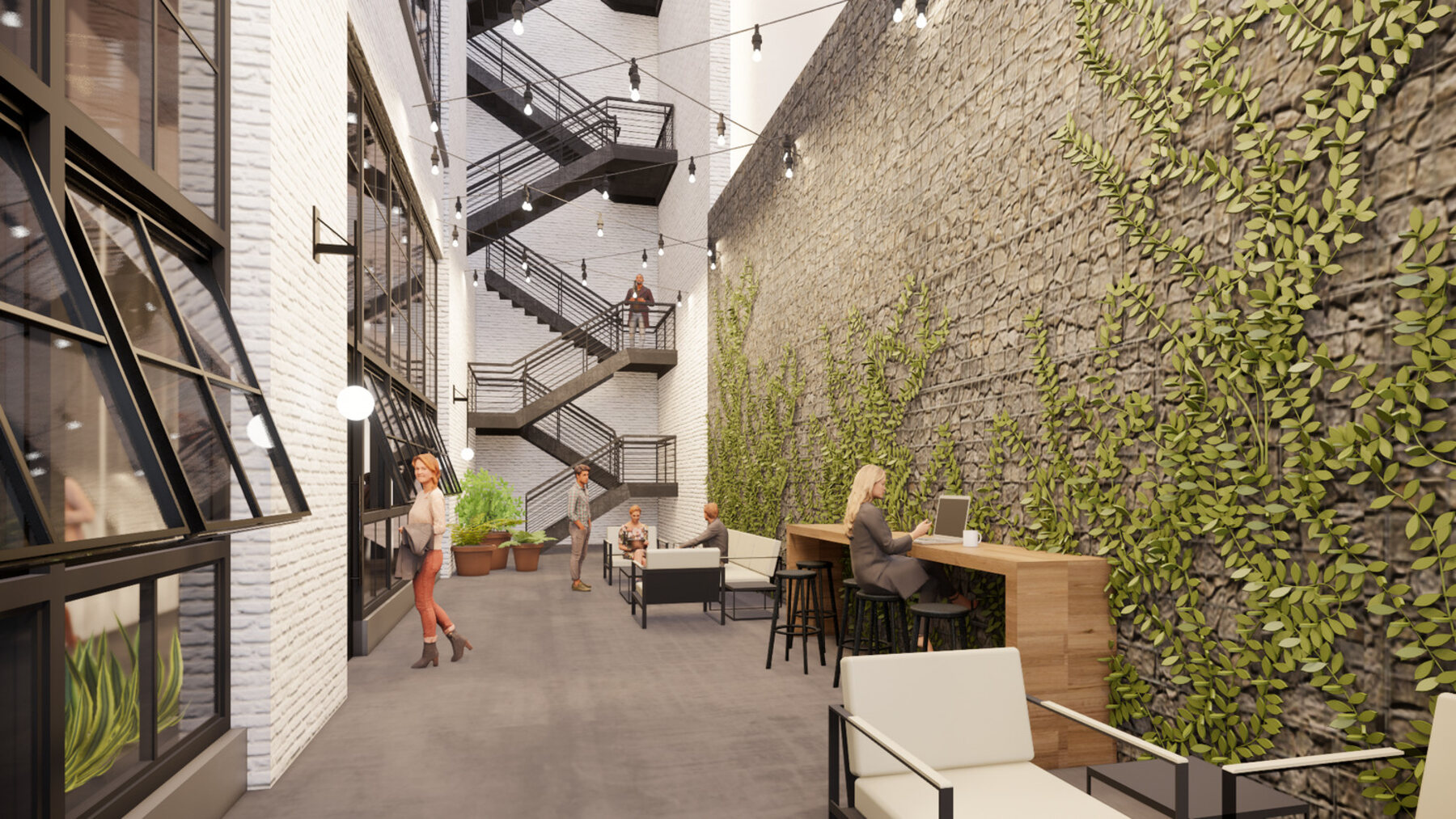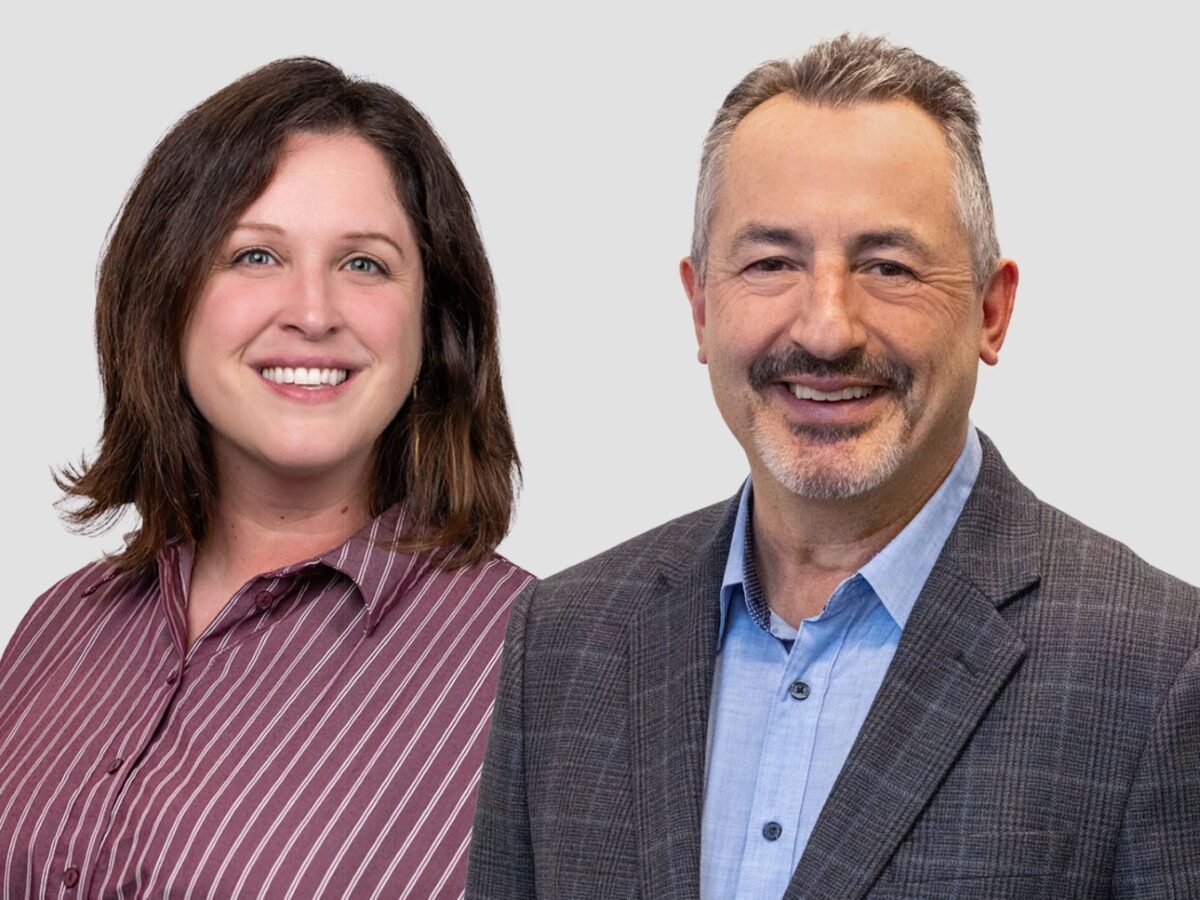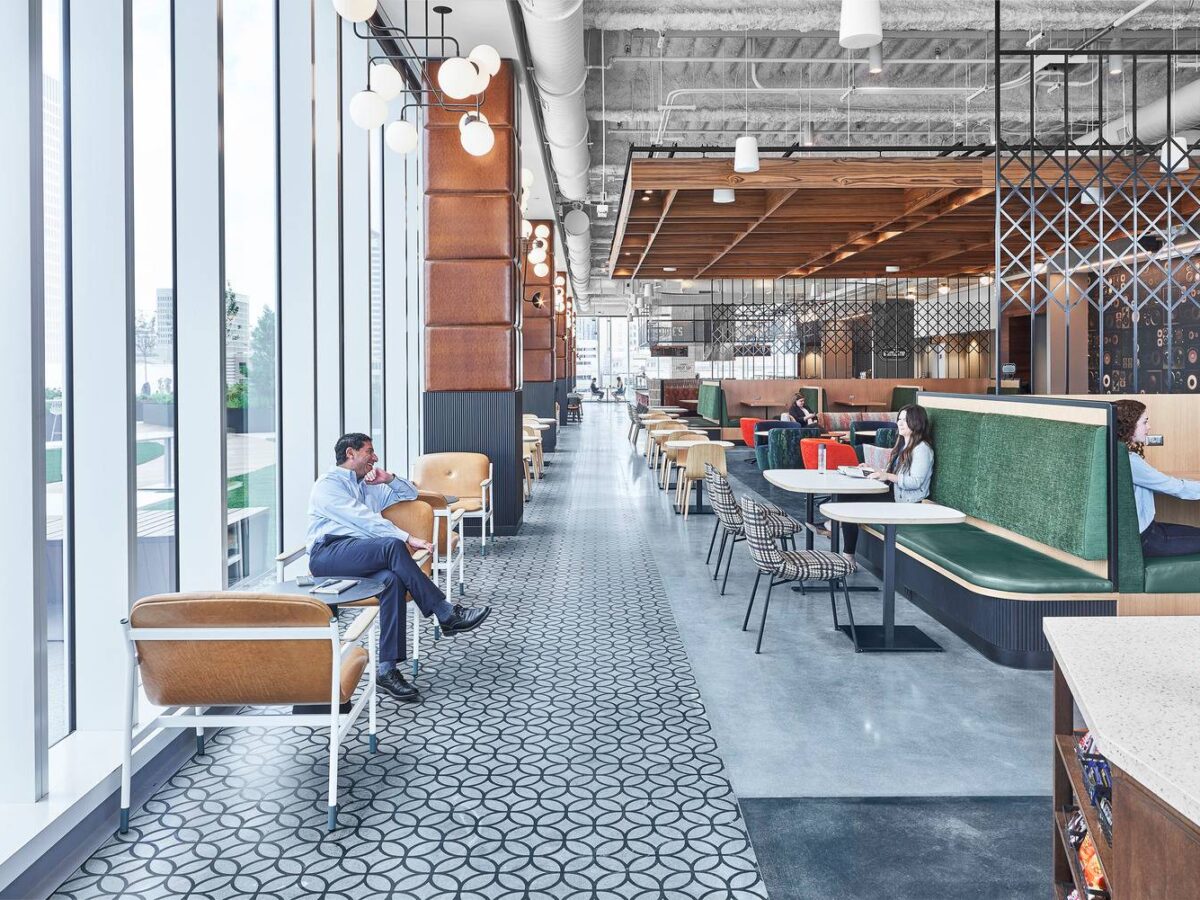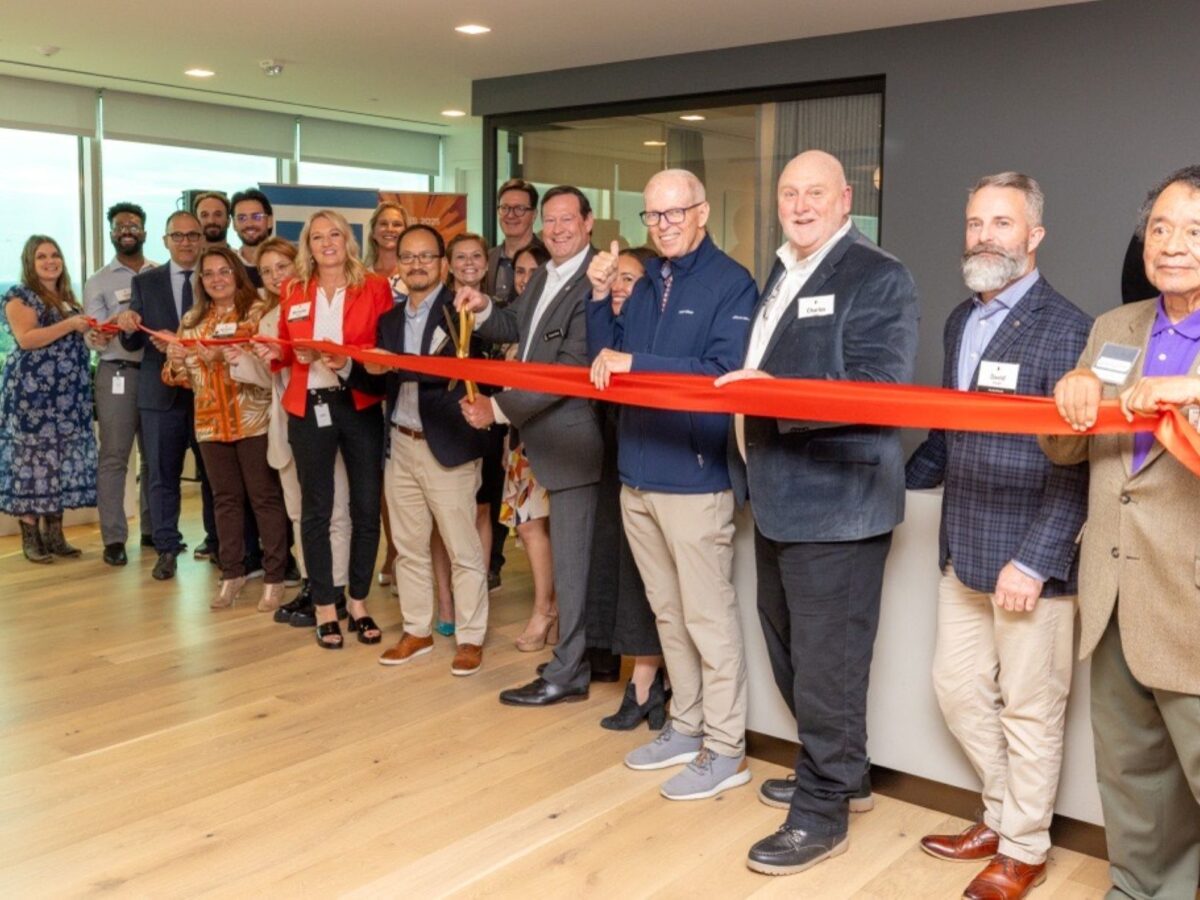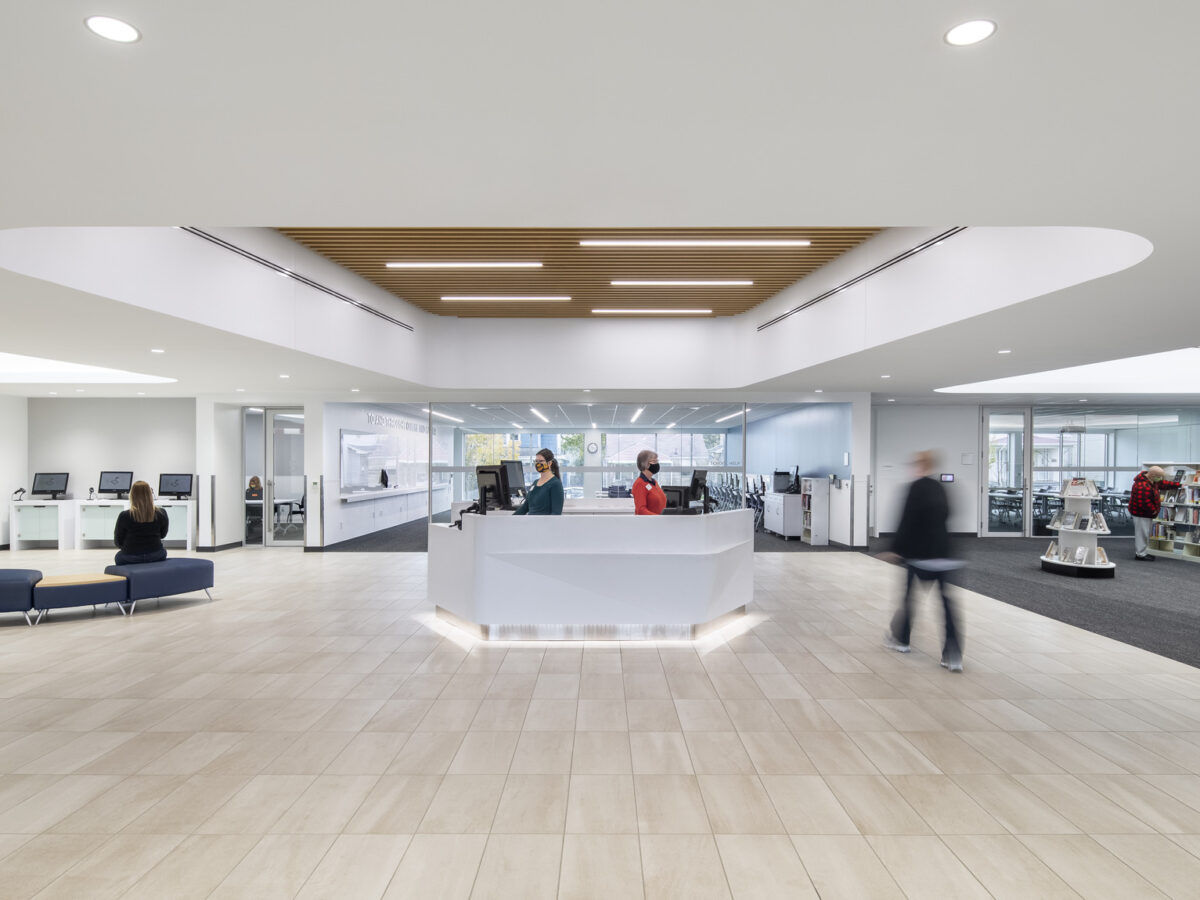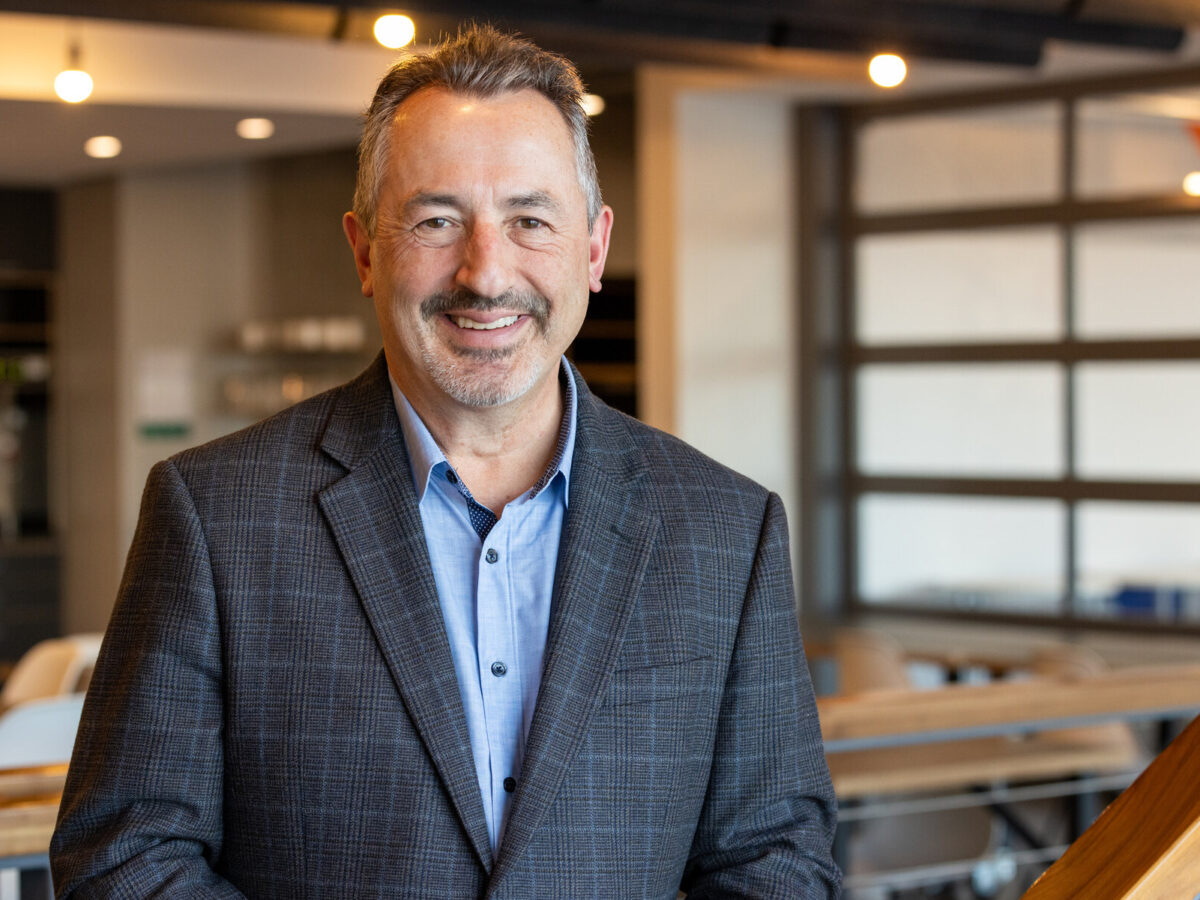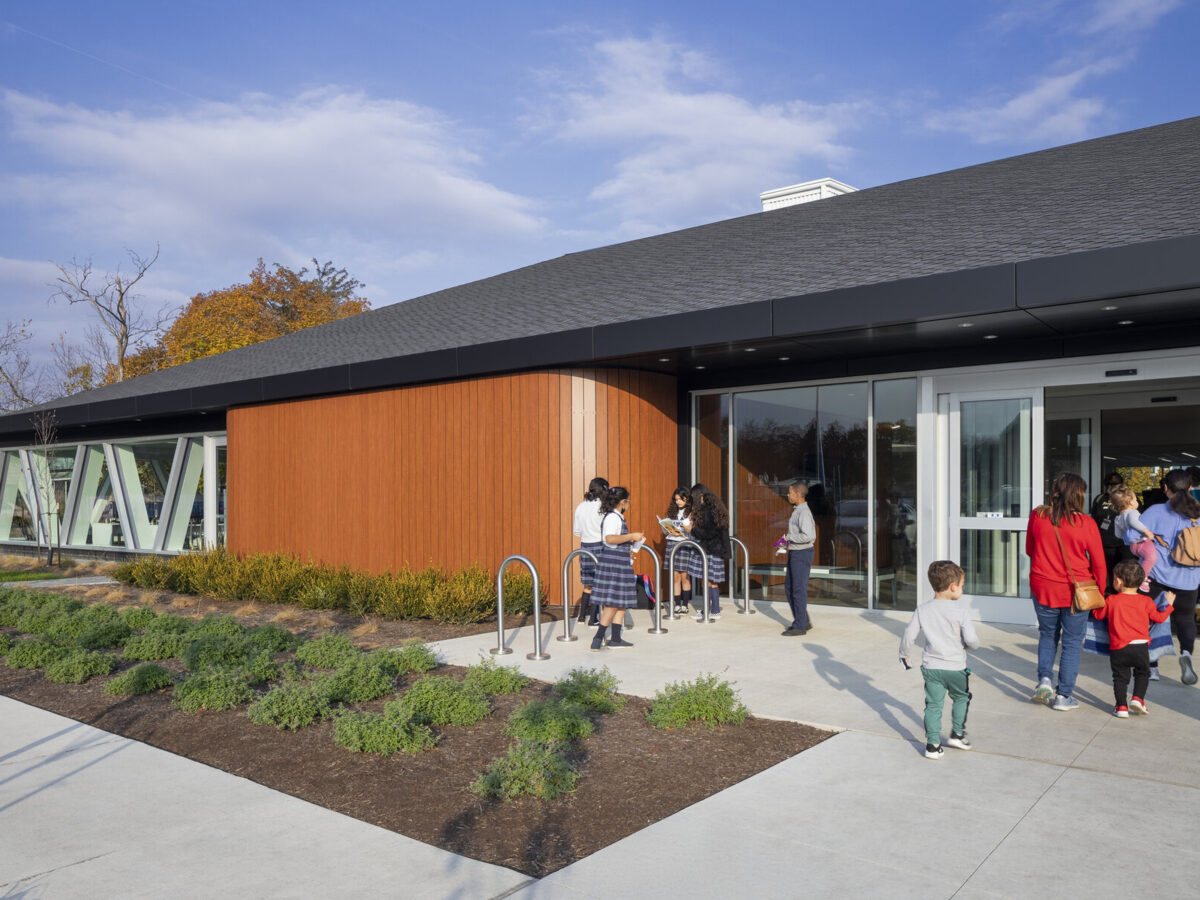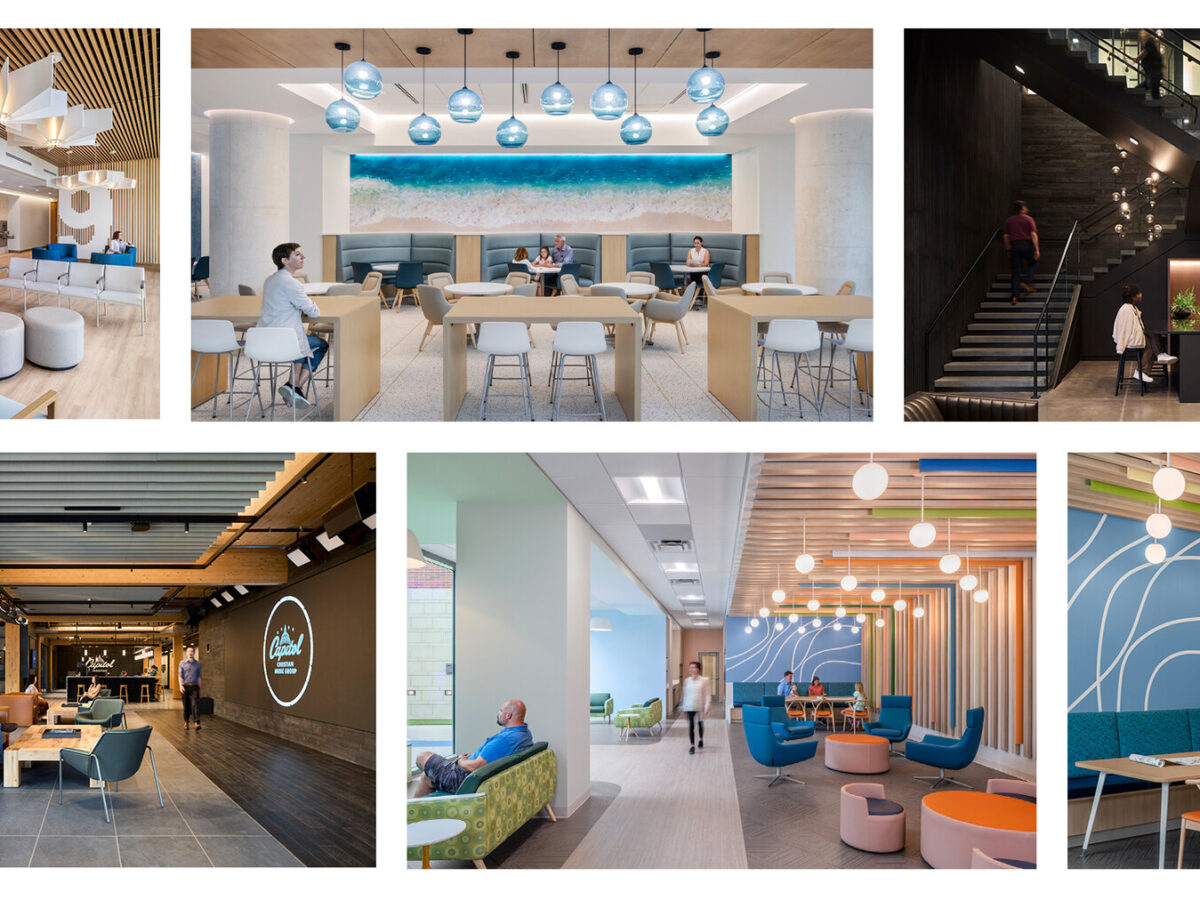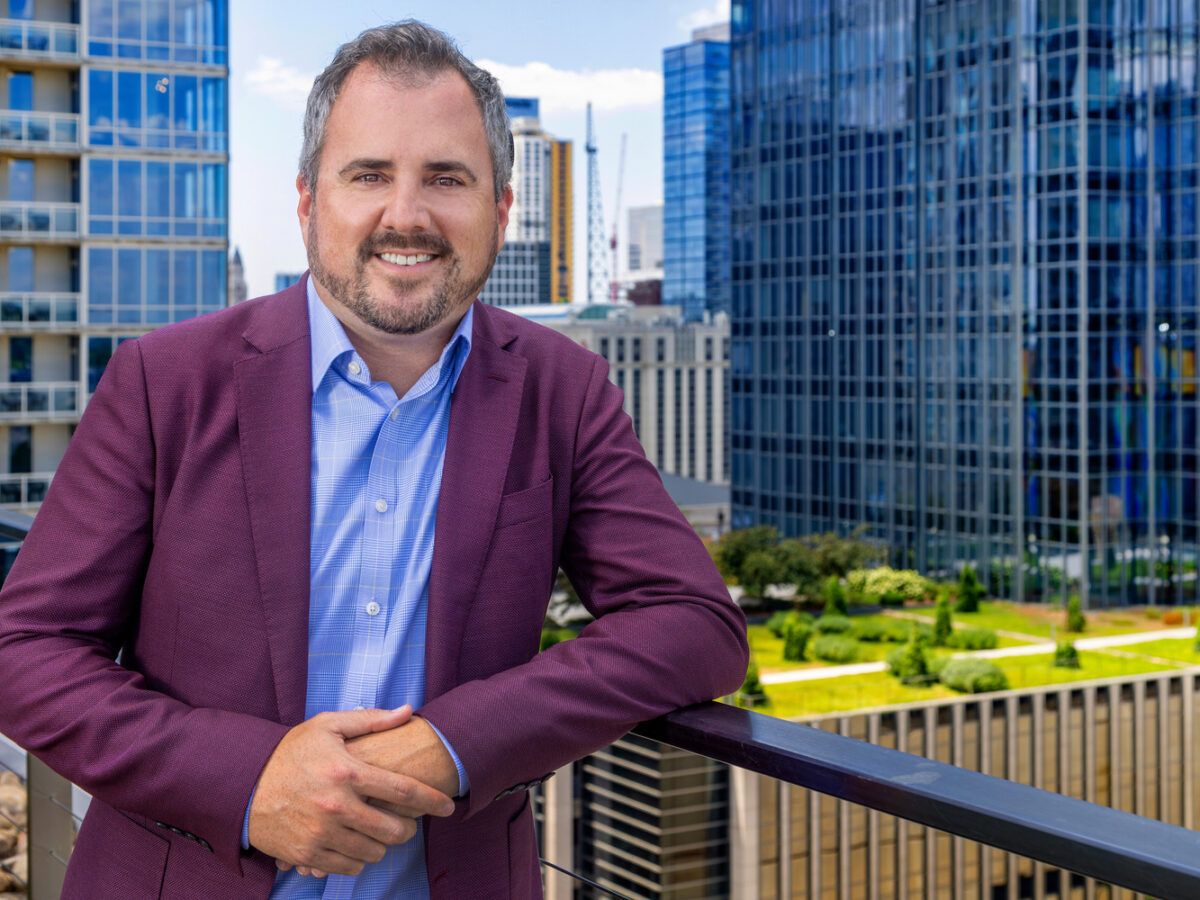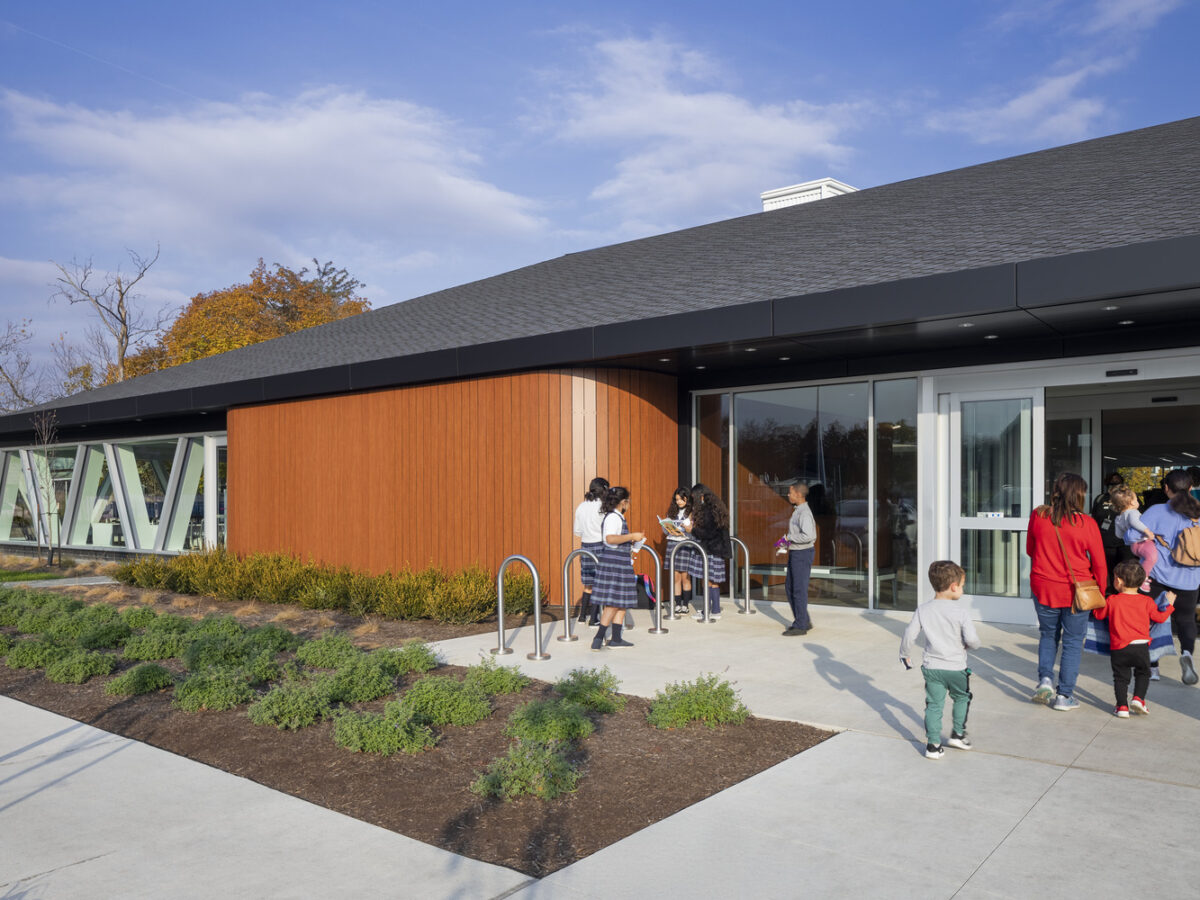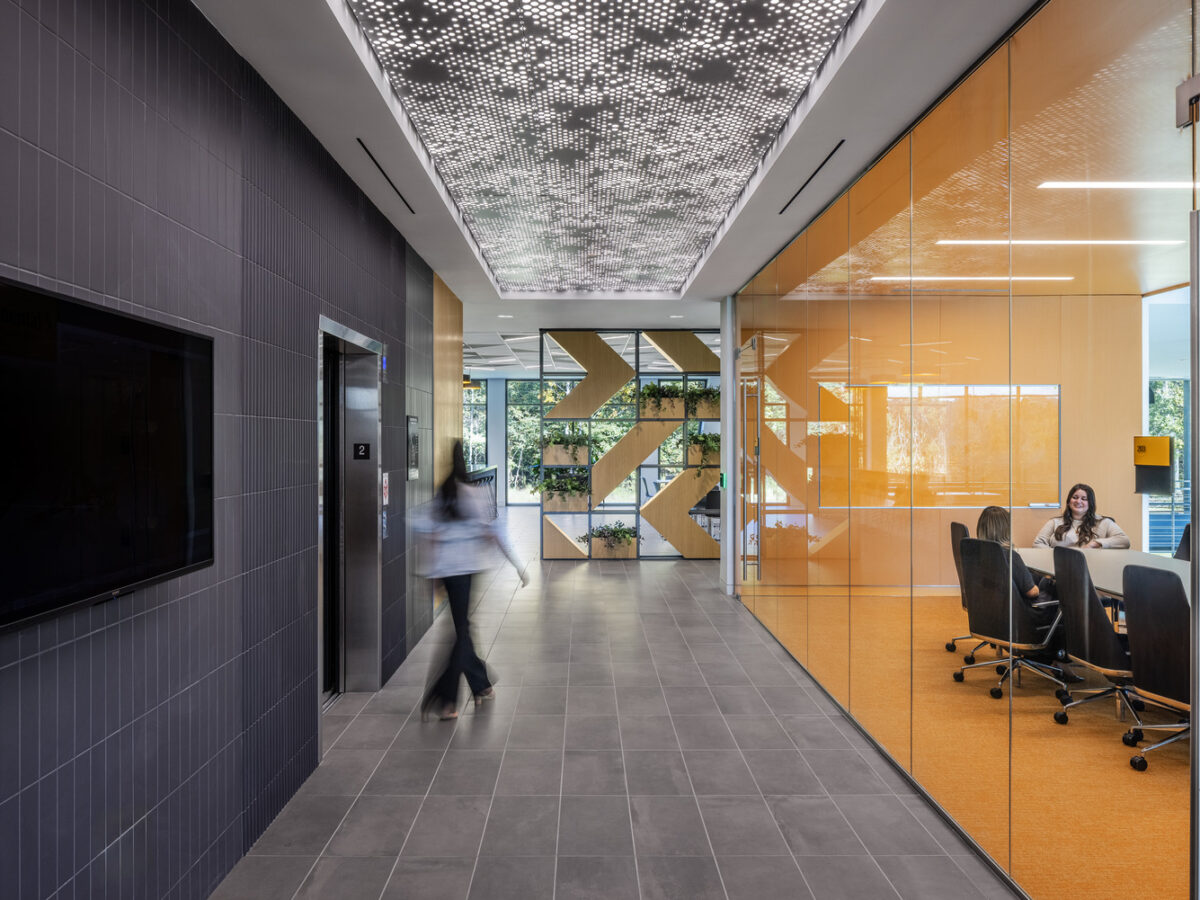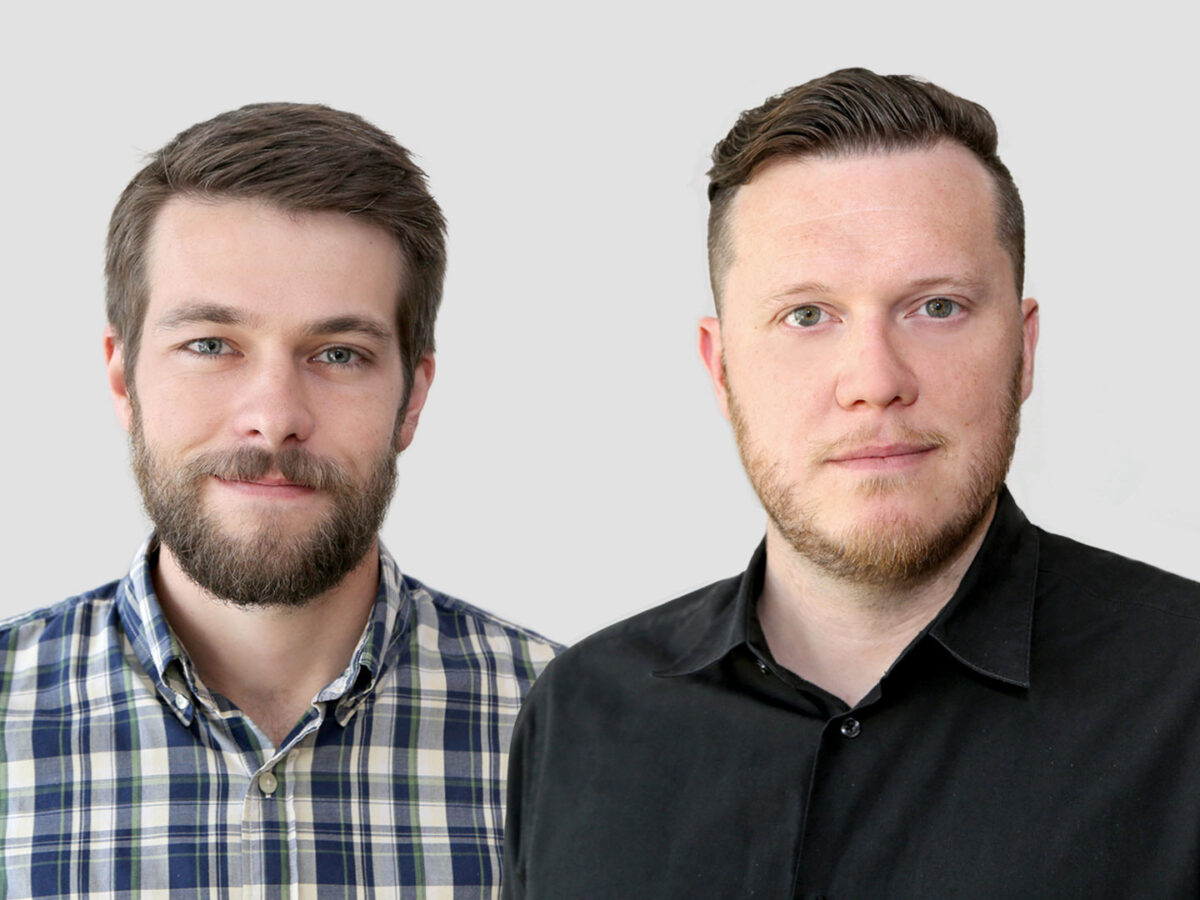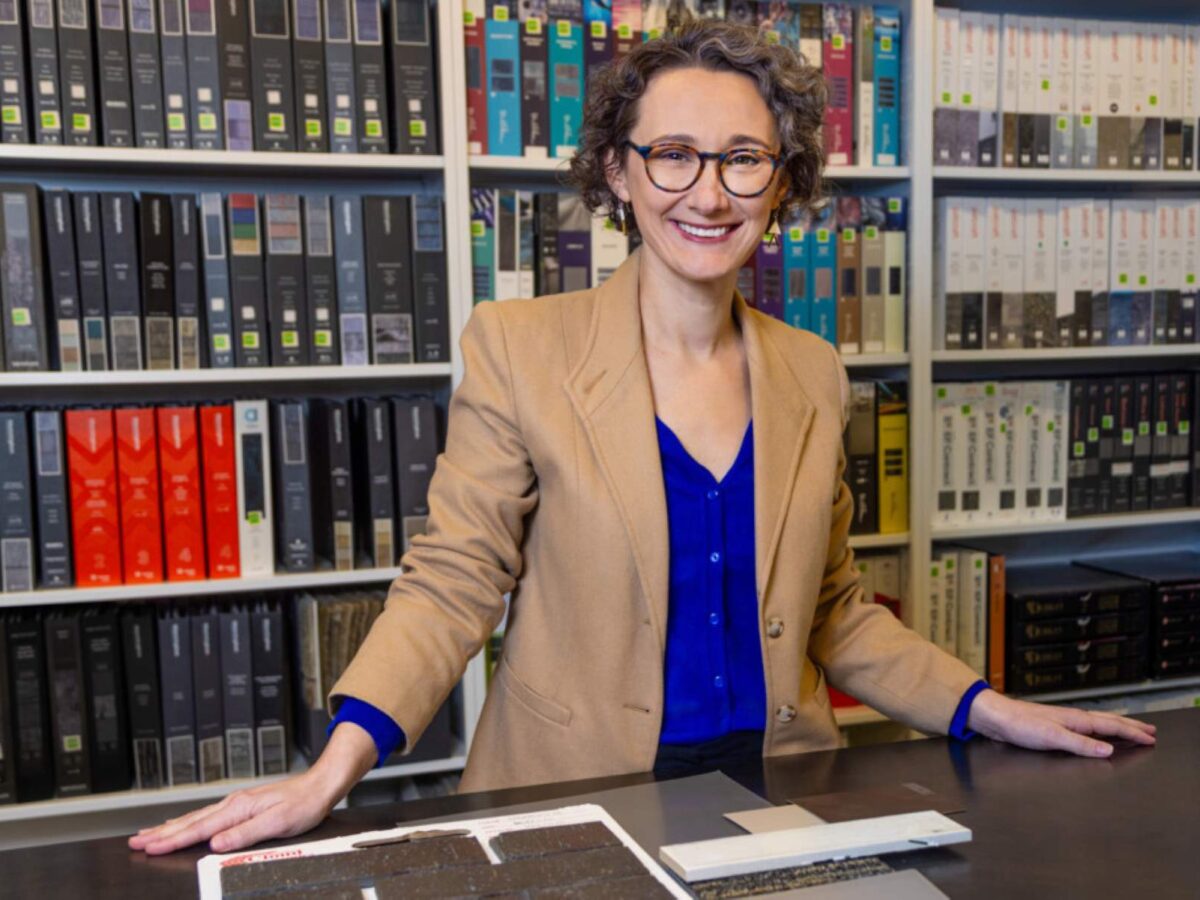The COVID-19 pandemic has presented unique challenges that most Americans haven’t had to navigate in their lifetime. One of the most uncharted waters most of us have faced is working from home. Take social distancing, minimal travel and the newfound flexibility of remote work, and you have an increased interest in staying close to home.
Before the pandemic, a hot topic of conversation among urban planners was the 15-minute city, a concept centered on the idea that people can access basic needs within a quarter-hour radius of where they live. How can this notion impact the workplace of the future, and what are the lasting impacts that will be left by the pandemic on urban development? Gresham Smith recently sat down with Jeff Kuhnhenn, director of architectural design, and Jack Weber, principal in the Corporate + Urban Design market, to find out.
Has our experience with the COVID-19 pandemic changed the trajectory of American cities?
Jeff Kuhnhenn: My answer would be “yes” and “no.” Yes in the sense that it has placed emphasis on—and even accelerated—future planning ideas that have existed for a long time. But, in some ways, I would also say “no” because there are ideas that are somewhat hardwired into our cities right now. For example, how zoning works, how land use strategies are developed, and even how the financing works. There is a tendency in financing to want to reduce the number of uses in a development rather than increase or diversify the uses. So, you have large swaths of single use—all the residences are in one place, all the shopping is in another place, and all the schools are someplace else.
Then, there’s the issue of personal choice, and how that may wind up changing the trajectory of American cities. As long as they’ve had the means, employees have typically been able to control where they live, where they shop and what schools they attend. But they haven’t been able to control where their place of work is located. Companies have historically focused on consolidating headquarters in urban areas, which results in people doing a lot of commuting. But now, of course, we’ve discovered that we don’t necessarily need to be in the office to do our work.
Jack Weber: Before COVID, we were already seeing a trajectory of people moving to the cities they wanted to live in and then finding work in those particular cities. I think that trend will only increase because, essentially, we’ve been living through a pilot study that has allowed us to choose where we can best live, play and work.
I think this same notion now more easily translates to where you choose to live. Downtown, midtown, suburb and bedroom communities alike have become more accessible to work because work has become more accessible to us. People now have the ability to work from anywhere. Because of this, I think cities need to think like an organization that’s trying to attract employees. They have to provide culture and infrastructure, and prove that they’re interesting places to be. It has to be authentic and speak to something that people want.
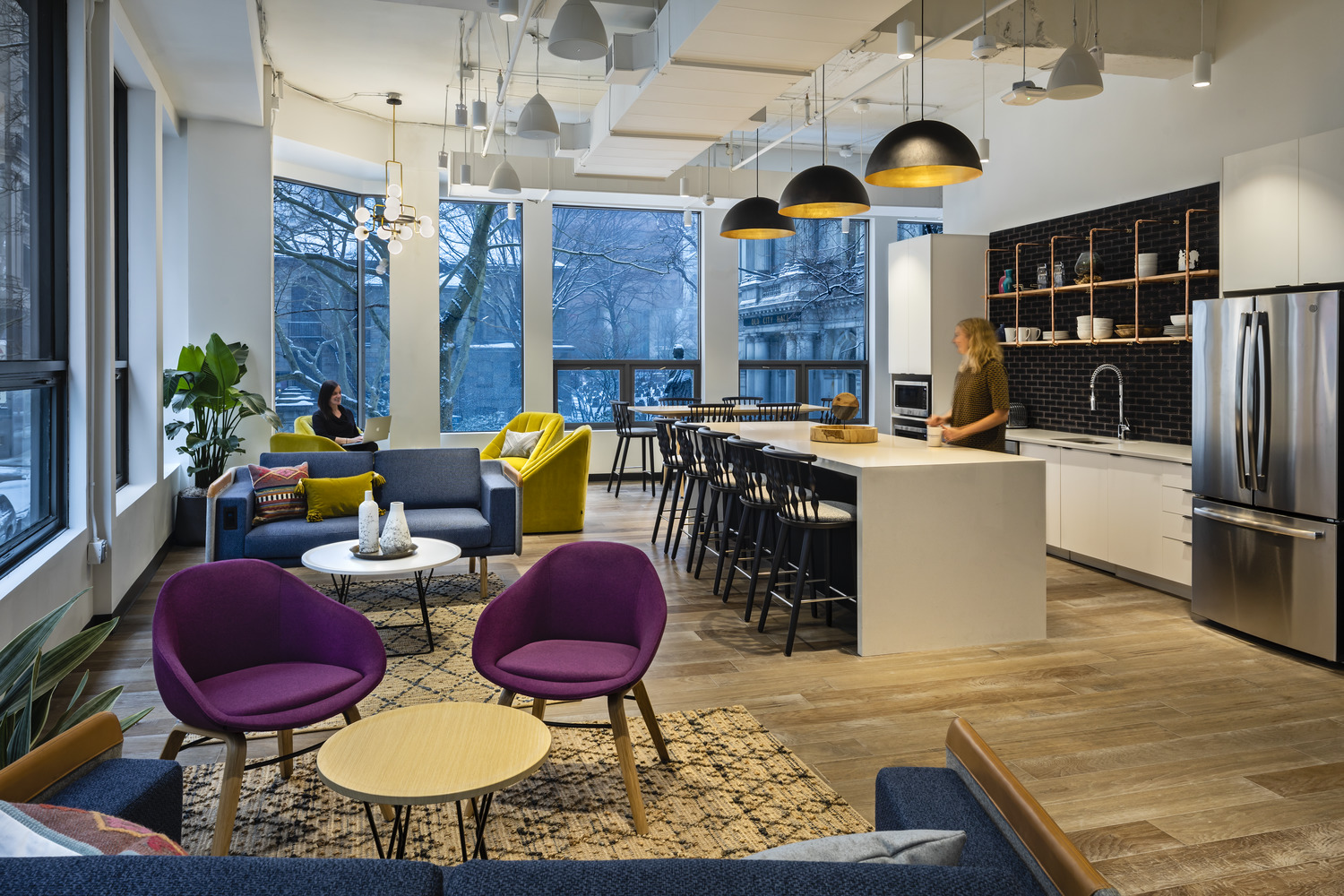
How might the workplace itself fit into a 15-minute city model?
Jack: More remote work and more distributed work by employees could be reflected in reduced office footprints. However, an increased ratio of workers per square foot is also probable. By this, I mean that more employees are assigned to less square footage, but they’re not necessarily on-site simultaneously.
Not everyone will be interested in working from home, but they may not want to commute all the way into the center city office either. Having a distributed workplace and taking a hub-and-spoke model approach—which means having a primary hub office downtown supported by outlying workspace in the perimeter of the city and suburbs—are great ways to increase organizational agility. And, these outlying offices might be coworking locations, where you or your company pays a membership fee to use that space.
A few months ago, I worked with a team to develop The Commons, which is something that we are using to talk to companies about the future of their workplace. The Commons model is very much along the lines of what an outpost workspace might look like. It is planned around a less desk-centric environment, more moveable components, and an elevated ratio of team and collaborative spaces and tools. Amenity space and services are front and center to help boost connections and convey culture.
Equally important are the amenities and services nearby. People want to be around people. Also, variety and choice are incredibly important as they help build a vibrant, energetic atmosphere that draws in both people and additional development.
Will the work-from-home model help or hurt urban development in the near term?
Jeff: I think there will be a transition toward reemphasizing the presence of greenways in urban and new urban communities. If you live in the 15-minute city, do you really need to orient communities around freeways anymore? Are high-capacity, high-volume distribution systems of automobiles still necessary?
Another aspect to consider is the impact on real estate. Initially, there was a fear that cities were going to have urban cores that would empty themselves of workers, leaving them with millions of square feet of unused office space. That fear has gone away as we moved past the panic stage and into a stage of awareness regarding a “new normal.” I do think, however, that there may be different expectations when it comes to real estate, and it could be that some real estate is not well suited for some of the “new normal” activities, especially since there is an increased desire in urban areas for easy access to outdoor spaces and fresh air.
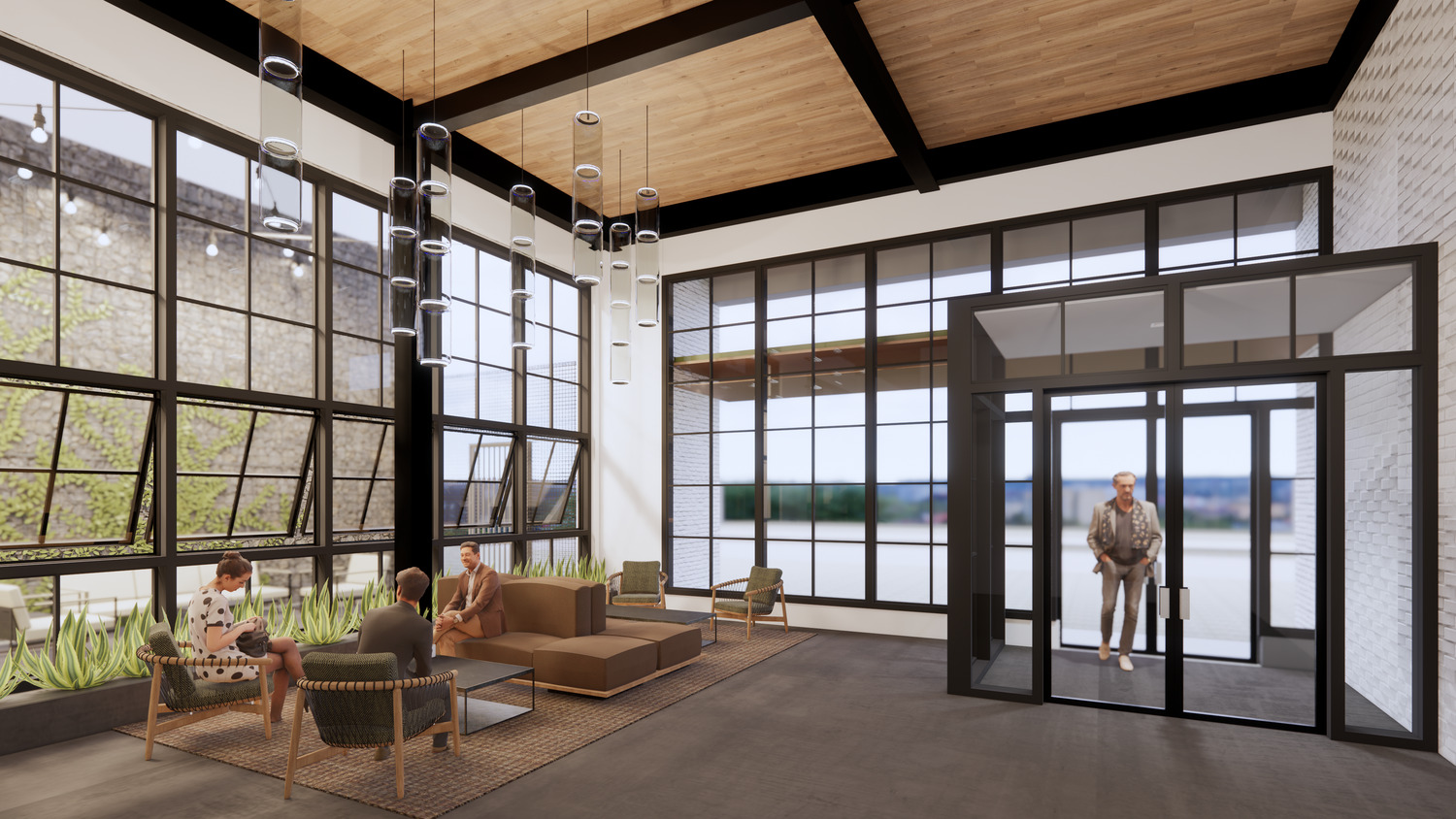
Jack: It’s also important to point out that as people have been working from home over the past nine months, they’ve been spending more time and money in their local communities. This, in turn, is creating greater local utilization and increasing the need for local communities to support the people who live, work and play there, which is the basic concept of the 15-minute city.
What headwinds make it harder to achieve the 15-minute community model?
Jeff: I think that there’s always going to be the love affair with the car, and that’s not going to go away anytime soon. I also think that the lack of infrastructure to support modes of transit other than cars is definitely a headwind. There are a lot of cities that, as dense as they are, do not have a pedestrian-friendly infrastructure.
What can cities like Nashville do to promote this type of development?
Jack: In larger cities, there may still be a necessity or a desire to go into the city or main office hub. However, in mid-sized cities like Nashville, creating offices in the suburbs—going back to the hub-and-spoke model I talked about earlier—would allow folks to stay within their community.
Jeff: We need to get serious about alternative modes of transportation—namely, improving ways that people bike and walk in their city. Let’s not confine offices to the core or the perimeter of the city. Instead, let’s have smaller-scale offices mingled in throughout the city. Let’s create networks of greenways that utilize creeks, valleys and defunct rail lines to move people around and provide a high-quality, high-touch experience. It’s all about promoting the development of the right mixed-use environments.
Jack: Jeff mentioned our love affair with cars. Part of the reason people love cars is that they provide convenience and speed. Especially in the United States, our perception of what constitutes convenience could be a headwind for the notion of the 15-minute city.
Another factor to consider is our desire for customization, as well as the importance of variety and diversity, which we discussed earlier. I believe that we are all leaning into more nomadic tendencies. Transportation continues to make this easier, as does technology and our ability to be connected regardless of where we are. Will that desire drive us beyond our small, concentric, 15-minute walkable area? In the past, when I’ve traveled through small European villages, I’ve thought to myself, “It would be great to live here,” because everything is in a central location. But, because I’ve experienced so much variety over my lifetime, I think I could quickly become bored. In general, the American culture enjoys variety and options, which is not necessarily a roadblock to the concept, just a consideration.
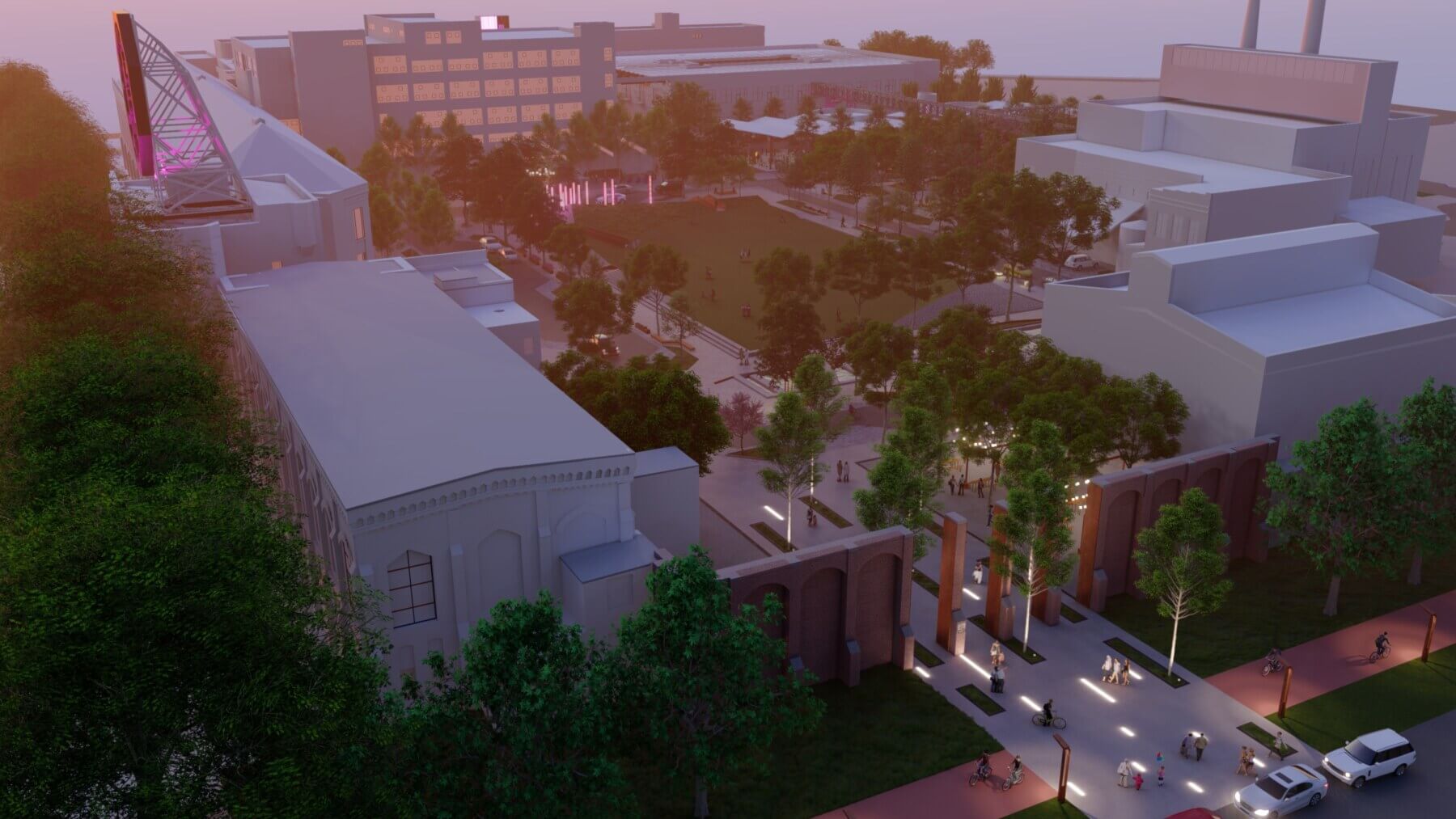
What kinds of opportunities might emerge from committing to a new vision for development?
Jack: Something that sticks out as I talk to client organizations right now is that attracting and retaining talent continues to be a top driver when it comes to business decisions. So, trying to determine what the worker wants or needs is going to have a big impact on what companies choose to do for the future. It’s not going to drive everything, but it will influence decisions about how they think about the workplace and where that workplace will be located.
Jeff: Culture, people, government and large organizations drive the decision making and industry within cities. Going back to what Jack said earlier about how cities market themselves as interesting places to be, they do so by providing exceptional experiences and convenience. If done correctly, the 15-minute city model doesn’t require you to travel far to get the benefits and richness of an urban area. Cities that are able to be progressive in this thinking will be well-positioned for continued growth.
